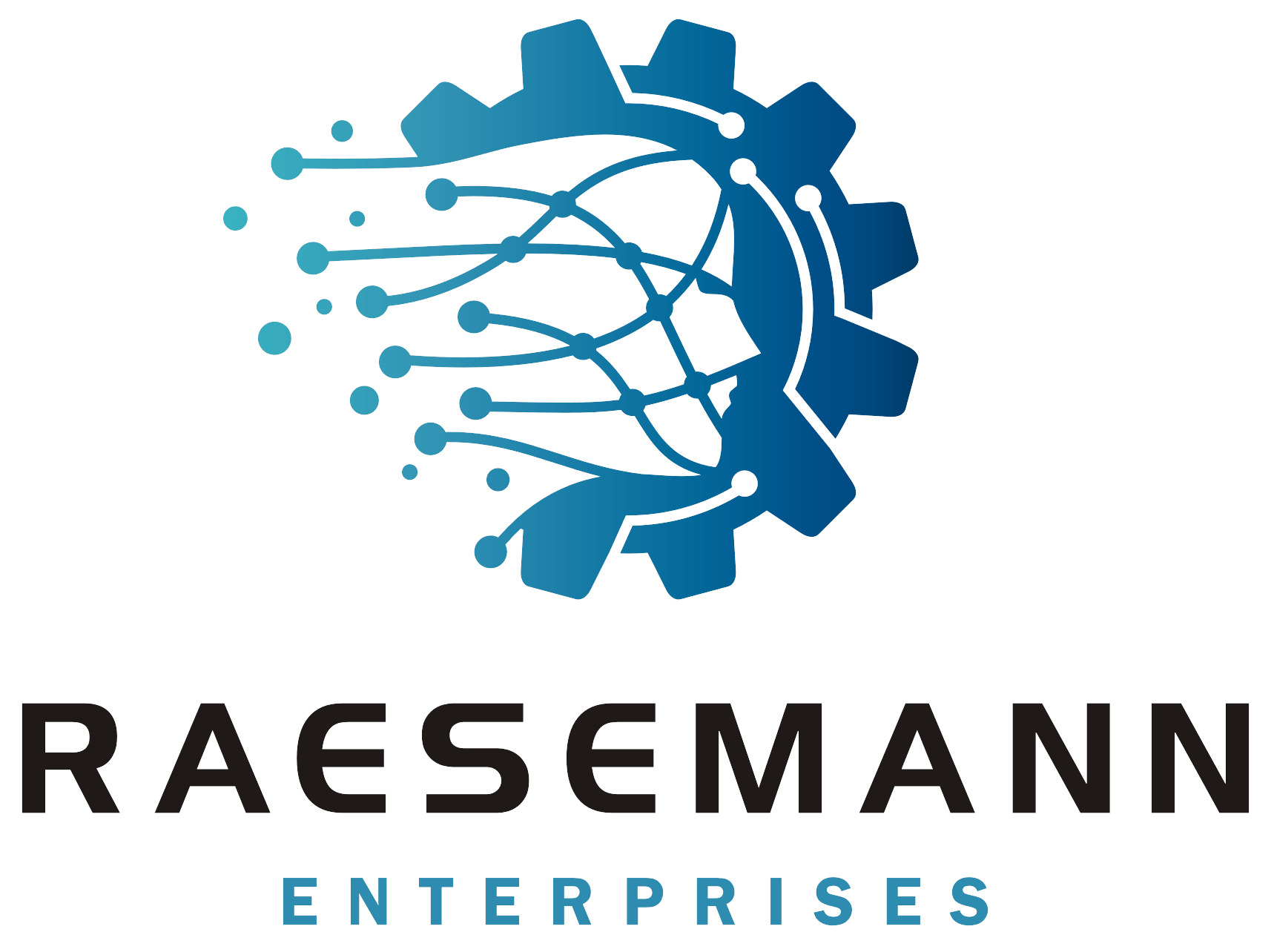OSIsoft Users Conference
I said that I would be live blogging from the users conference. If you have ever been then you know how busy it can get. Things are pretty packed from morning until night.
We are heading into the end of the conference today and I guess I could say that I was just waiting to get a little perspective on things before I started shooting my mouth off.
A lot of things have changed since I was last at the conference in 2002. For the most part these changes are good and I’ll try to cover most of the high points.
I guess the most important thing to cover is the recent PR1 release of PI and the updated road map. The PR1 release is a major milestone and it really is the result of OSI realizing that the PI server needed some major new functionality to keep up with user needs.
A few years ago we (the users) started to identify some major roadblocks and impediments to growing larger PI systems and reliably collecting data. The two major problems were the buffering subsystem and the fact that there was no easy way to replicate PI data to more than one server. In effect you had all of your eggs in one basket and the way to get the eggs to the basket could be flakey at times.
The PR1 release introduced a new buffering subsystem with major improvements. The main thing that was added was a more transactional approach to submitting data to the PI server. In the past we had all had problems where an interface node would buffer data and then for one reason or other the buffer would be emptied but the data would not show up on the PI server. You had essentially lost the data with no way to recover it. The more transactional approach insures that the data makes it to the PI server. The buffer nodes checks to make sure that the data showed up in the archive before it deletes the information from the buffer.
The second major improvement is the High Availability (HA) PI “collective”. This upgrade to the PI server makes it possible for an interface node to feed several PI servers. It also makes it possible for multiple PI servers to synchronize their data. This is much improved from the PI to PI interface. Upgrades on the client end make this transparent to the users. They connect to PI as they always have but on the back end they may be connecting to one of many servers. This is HUGE. It allows you to take down a server for maintenance transparently. It means that if a server fails, your users never know. It also means that you could set up a server to service your users who hammer your server with huge historical data queries while another services your regular users. These are just a few examples but the architectural possibilities and your ability to engineer a systems that meets your availability, performance, and regulatory needs is greatly enhanced.
There are several other new features that are coming for the PR2 release. Some of them will be released in a bridge release prior to the PR2 release.
I’ll need to write a lot more about this stuff. I attended one of the PI server presentations presented by some of the OSI developers where they showed a 64bit Windows Server 2008 box that cost about $20,000 running with 21 million PI tags. 500,000 of those tags were being updated every second. The tags were separated into different partitions each with its own snapshot table and set of archives. This allowed them to support future data, a long time items on a lot of wish lists. It also means that the archive data is being written across multiple physical disk spindles which alleviates another performance bottleneck. While it is one thing to do this in the lab and another thing entirely to have a system in the field, it is good to know that they are working to stay ahead of demand.
There are a lot of other new things that I need to cover. The licensing is being updated with Enterprise agreements and site licenses which will free you from point count constraints. This is a big change that I need to cover. There are also a lot of new tools out there to cover.
Please check back for additional post over the next few days.

I was at the conference last week. I wished I had ran across your site before now. I have also been working with PI in the pulp and paper industry for over 10 years now. There has been a tremendous amount of change since the old piconfig days. OSI has became the Cadillac of historians. I currently support all of the PI sites at Weyerhaeuser and have completed many value added projects at these sites but still feel I have only scratched the surface.
I commend you for taking the step and going out on your own and starting what appears to be a thriving business. I hope to one day do the same or at least doing some part-time PI consulting. Give me a call sometime, I am sure we have a lot we could talk about!
Victor Abshier
Weyerhaeuser PIMS IT Consultant
victor.abshier@weyerhaeuser.com
270.316.9602